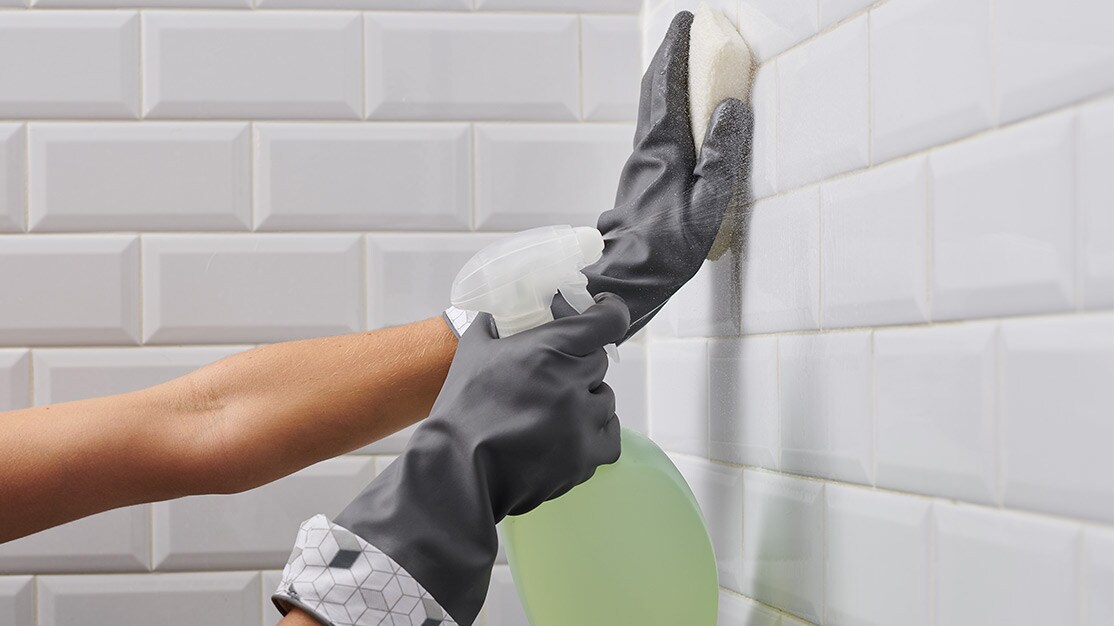Mold allergy symptoms, causes and treatments
Reviewed by Nancy Kupka, PhD, RN

Simply saying the word "mold" is enough to make most people cringe.
While you may try to avoid mold at all costs, mold is everywhere, even if you can't see it. It grows both indoors and outdoors, and thrives in moist environments.
Mold makes its way into your home through open doors and windows, as well as vents and air conditioning and heating systems. It can also hitch a ride on clothing, shoes, bags, and even pets.
Molds are fungi, and it's estimated that possibly as many as three hundred thousand species exist1. People often worry about toxic mold, there really is no such thing and most molds aren't even visible to the eye—but if you have allergies to mold, chances are you know it's there.
Some people are more sensitive to these fungi than others. If you're allergic to mold, your immune system may be hyper-sensitive to certain spores. Your body will consider them an allergen, which in turn, triggers a reaction. If you have allergies to mold, you may experience the following symptoms:
- Sneezing,
- Itchy, watery, and irritated eyes,
- Runny nose,
- Nasal congestion
- Postnasal drip and cough
- Wheezing
- Asthma
- Itchy throat
Symptoms of mold sickness
Some people may have more severe reactions to mold. If you have an immune system that's weakened due to a preexisting condition or have a chronic lung illness, exposure to mold may cause serious infections in your lungs. You may also have headaches and chronic fatigue or even asthma.
If you are experiencing these symptoms, talk with your healthcare provider to find the right treatment.
Causes of mold
Mold spores thrive in moist settings. Indoors, you may find mold in basements, bathrooms or other areas where there may be leaky pipes or windows that let in dampness. If your roof leaks, you may have mold in your attic or ceiling tiles. If you've experienced flooding in your home and were unable to dry areas completely, mold may be present. It can grow on paper, cardboard, fabric and carpet, as well as insulation. If you notice spots—which may be black, green or other colors—or a musty smell, you may have mold.
If mold is in your home, you need to clean the mold from the affected surfaces and fix the moisture problem. Mold growth can be removed from hard surfaces with commercial products made specifically for mold, soap and water, or a bleach solution of no more than 1 cup of household laundry bleach in 1 gallon of water.
If the area that needs to be cleaned is more than 10 square feet, or is caused by sewage or other contaminated water, the Centers for Disease Control & Prevention recommend consulting the U.S. Environmental Protection Agency (EPA) guide titled Mold Remediation in Schools and Commercial Buildings.
Treating mold allergies
If you're suffering from mold allergies, you'll want to find the sources if possible. Track your symptoms as they occur to determine which environments trigger them. Keep a record over a two-week period. Remember that you may encounter mold both indoors and outdoors.
To prevent mold from growing, try to keep areas in and around your home as dry as possible. The following are some suggestions that may help:
- Dehumidifiers and air conditioning can help to reduce humidity levels.
- If you've had a spill, flood or leak, dry the area as quickly and effectively as possible. Remove carpeting or other fabrics if it cannot be fully dried.
- When cleaning your bathroom, use products that target mold.
- Avoid installing carpet in areas that attract moisture, such as basements, bathrooms and kitchens.
- If you're going to be working outdoors in damp areas or even raking wet leaves, you may want to wear a dust mask. This can help you avoid inhaling mold spores.
If you can avoid exposure to mold, that's the best way to handle your allergy. But, of course, many times that's not possible. The following treatments can help manage your symptoms:
Antihistamines. These medications can help reduce itching, sneezing, and runny nose by blocking histamine, which is released by your immune system during an allergic reaction.
Nasal corticosteroid sprays. These nasal sprays are prescribed by an allergist or healthcare provider. They can help treat and prevent symptoms caused by an upper respiratory mold allergy. They are effective and generally safe for long-term use, but can cause side effects such as nasal dryness and nosebleeds.
Oral decongestants. In pill or liquid form, oral decongestants offer quick, temporary relief of nasal and sinus congestion. They may cause high blood pressure and insomnia, so you talk with your healthcare provider before taking these.
Allergy shots. Some people who suffer from allergies choose to get allergy shots, which are a form of immunotherapy. These injections are used for only certain kinds of mold allergies and are given in a healthcare provider's office under their supervision in case an allergic reaction occurs.
Published on January 30, 2020
References:
1https://www.cdc.gov/mold/dampness_facts.htm